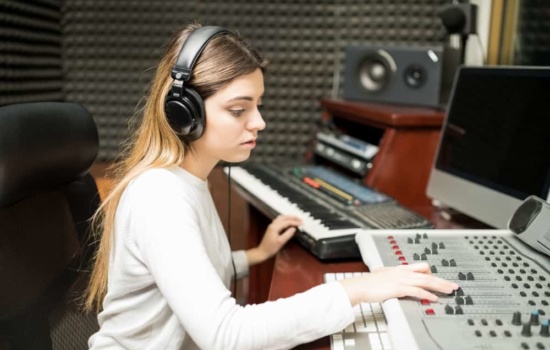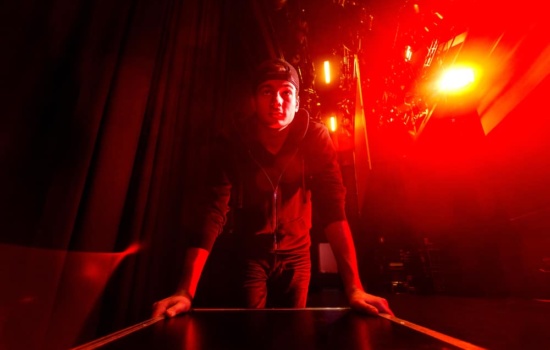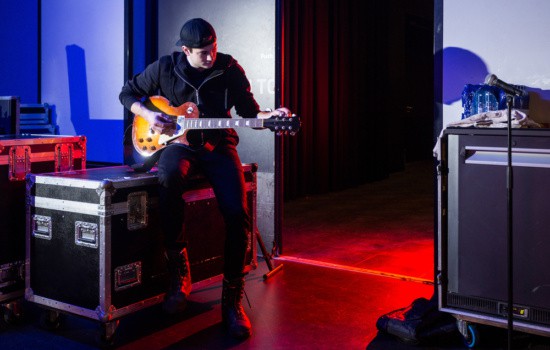If using an electric bass, it’s best to use a direct box as opposed to the direct out from the amplifier, since the sound going to the board will be uncolored by the amp this way. Most direct boxes also give you the option to do a ground lift if there is polarity hum, which is a good thing.
Some higher-quality amplifiers’ direct out will have a ground lift (polarity switching) and give you a choice of pre- or post-output for the signal going to the mixing board.
It might also be a good idea to place a microphone at the speaker if there is a channel available for this.
So, if you have the sound from the speaker and the sound directly from the instrument, that’s enough to make a nice blend.
If you have an acoustic bass, there are different techniques for placing the microphone, usually somewhere near the sound hole facing slightly upwards.
If the upright acoustic bass has an internal or attached pickup element, then use the same technique as with the electric bass. You might end up with three channels; one for the instrument’s sound hole, one for the pickup, and one for the speaker.
When checking the bass, set the amp first to a reasonable stage volume level as would be used during the performance.
Then have the bass player play, using the whole range of the instrument. They could play down in the low register first, then go to the mids, and then up high if they are also a soloist.
Adjust the timbre of the amp and set the EQ for the hall.
Have the bassist play all techniques that they will use for the show, e.g. slapping, finger-style, or with a pick.
Next, the drummer and the bassist should play a groove together. Level and EQ adjustments can now be made so that the balance is good in the audience and on stage.






